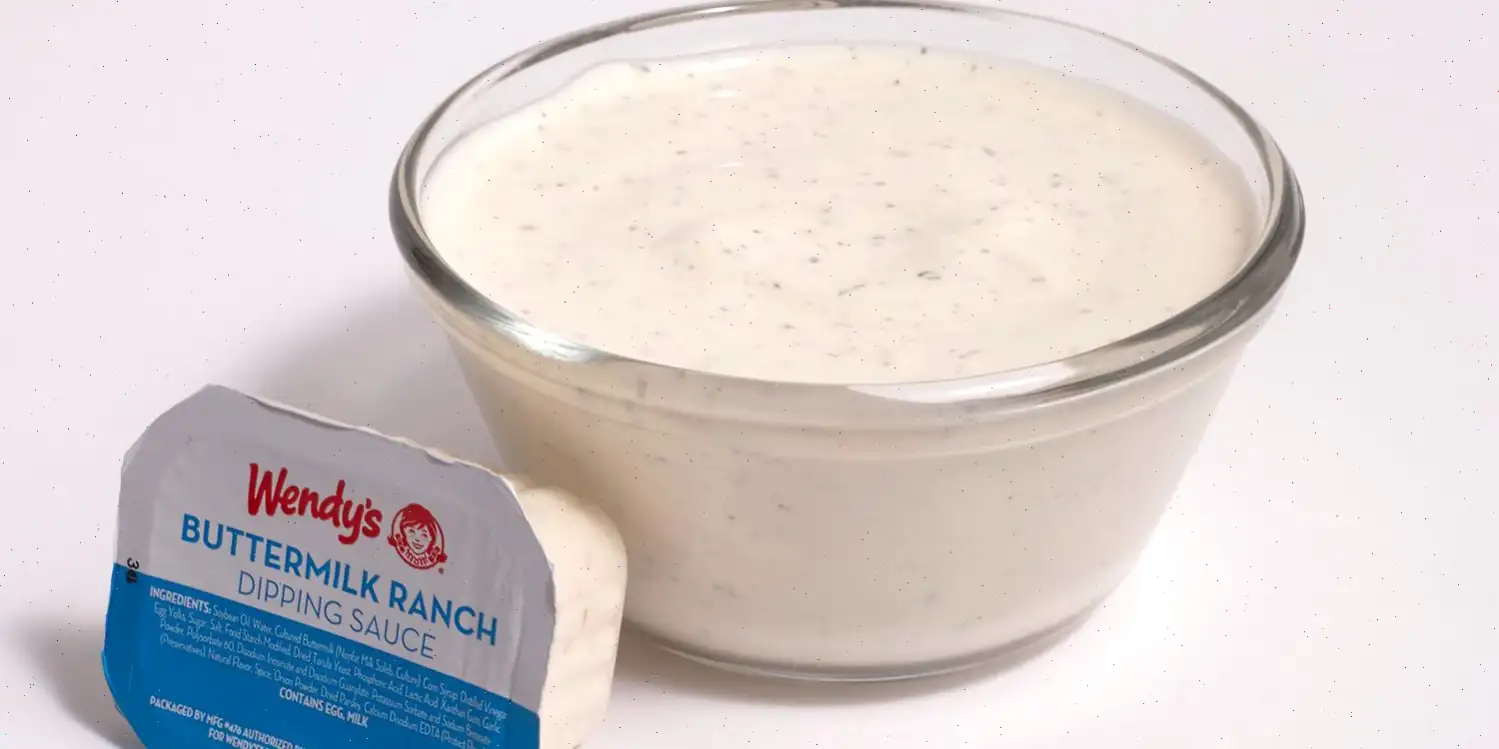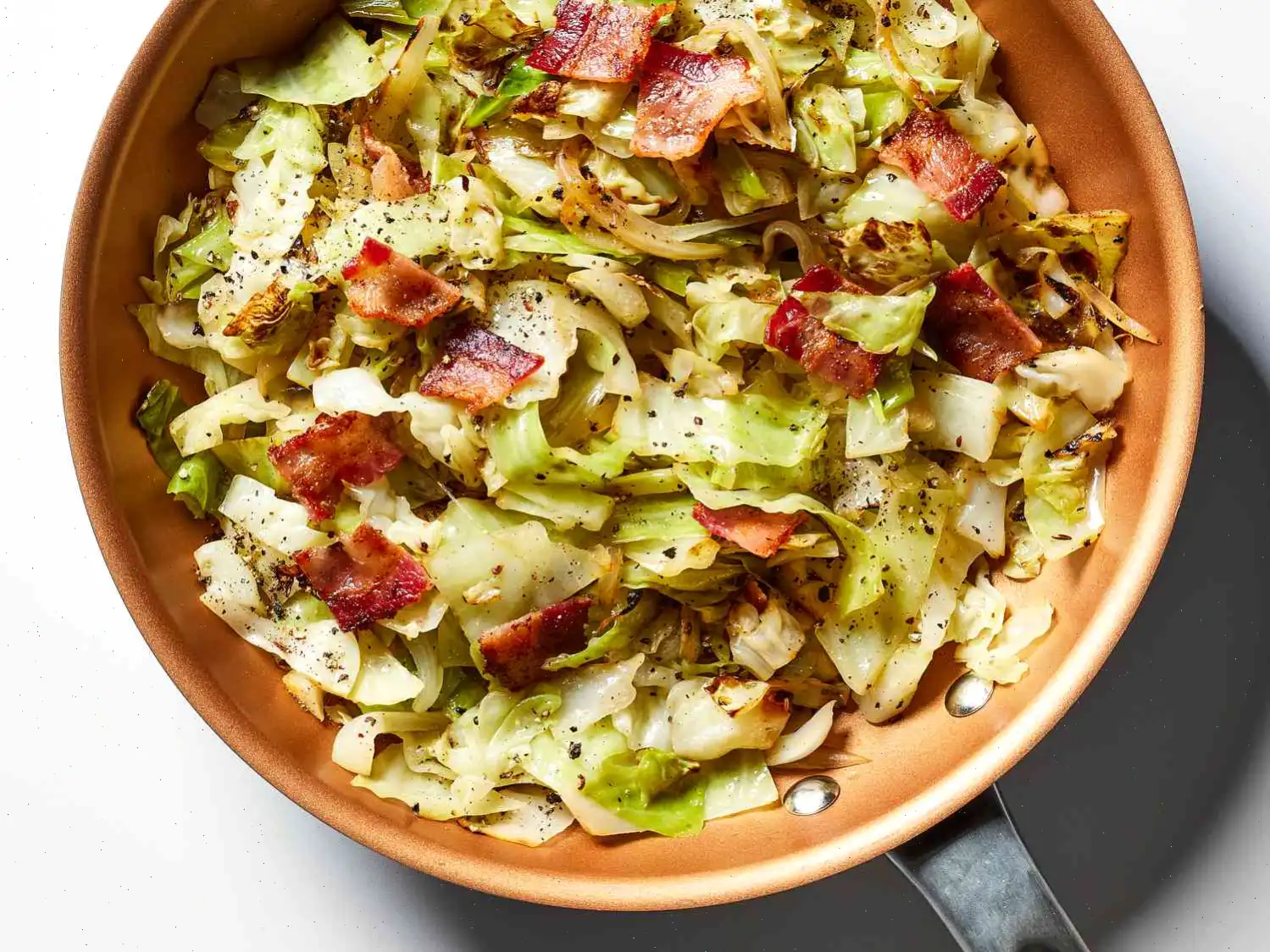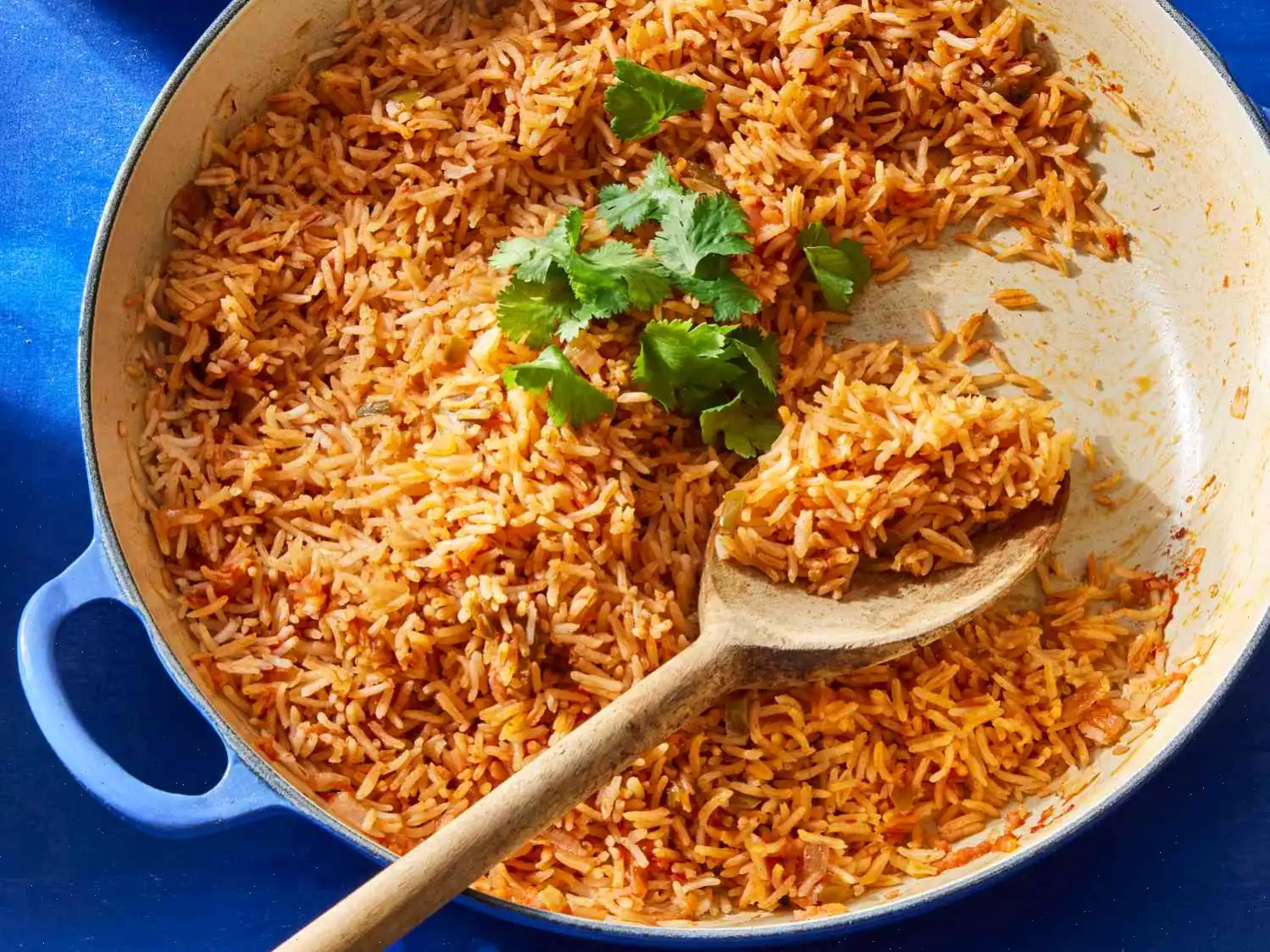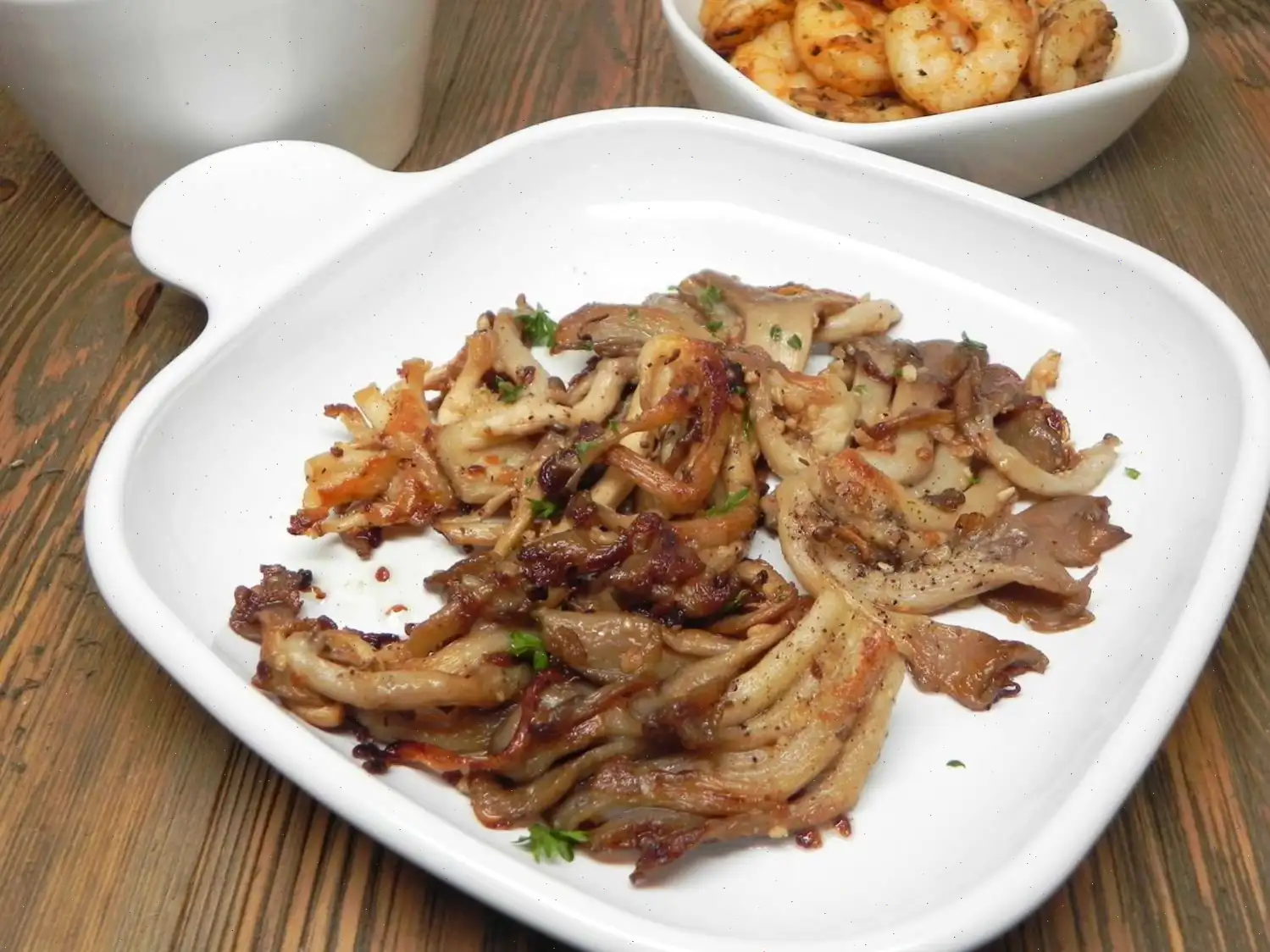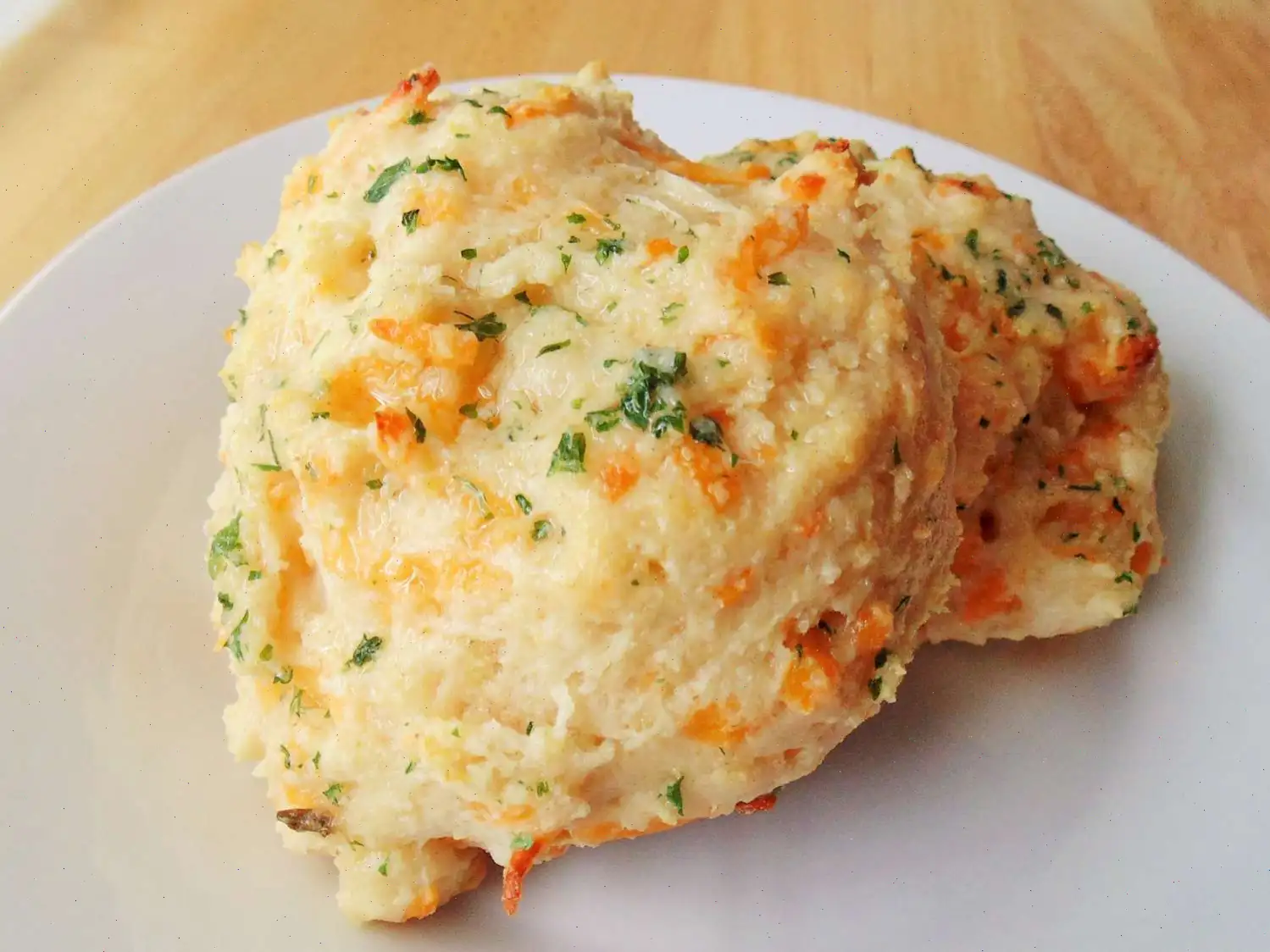
Copycat McDonald's Hot Mustard Recipe
Original Recipe Yield: 12 servings
Ingredients:
- 6 tablespoons yellow mustard
- 2 tablespoons dark corn syrup
- 4 teaspoons dry mustard
- 1 teaspoon mayonnaise
- 1 teaspoon distilled vinegar
- 1/2 teaspoon soy sauce
- 1/2 teaspoon kosher salt
- 1/2 teaspoon white sugar
- 1 pinch cayenne pepper
Directions:
- In a medium bowl, combine yellow mustard, corn syrup, dry mustard, mayonnaise, vinegar, soy sauce, salt, sugar, and cayenne pepper.
- Whisk the mixture until smooth and well blended.
- Refrigerate the sauce until you're ready to use it.
Nutrition Facts (per serving):
| Calories | 21 |
| Total Fat | 1g |
| Saturated Fat | 0g |
| Cholesterol | 0mg |
| Sodium | 157mg |
| Total Carbohydrate | 3g |
| Dietary Fiber | 0g |
| Total Sugars | 3g |
| Protein | 0g |
| Vitamin C | 0mg |
| Calcium | 7mg |
| Iron | 0mg |
| Potassium | 19mg |
Servings Per Recipe: 12
* Percent Daily Values are based on a 2,000 calorie diet. Your daily values may be higher or lower depending on your calorie needs.
** Nutrient information is not available for all ingredients. Amount is based on available nutrient data.
If you are following a medically restrictive diet, please consult your doctor or registered dietitian before preparing this recipe for personal consumption.
History of Copycat McDonald's Hot Mustard
The iconic hot mustard sauce from McDonald's has a surprisingly rich history that dates back to the late 20th century. While mustard itself has been a staple condiment for centuries, the version popularized by McDonald's was crafted to complement the chains chicken nuggets, burgers, and sandwiches. The recipe was designed to be tangy yet sweet, with a gentle heat that appeals to a broad audience. This flavor profile was revolutionary at the time, creating a unique condiment that distinguished fast food sauces from traditional table mustards.
Regional Variations
Though McDonald's hot mustard is recognized globally, slight regional differences exist depending on local tastes and ingredient availability. In the United States, the sauce is typically sweeter and milder, using corn syrup and yellow mustard as base ingredients. In Asian markets, some variations incorporate extra soy sauce or chili elements, highlighting a preference for spicier or umami-rich condiments. European versions often have a tangier, more robust flavor, using less sugar and more vinegar, adapting to the local palate while maintaining the signature heat.
Differences from Similar Sauces
McDonald's hot mustard differs from traditional mustards and other fast food sauces in several ways. Unlike Dijon or honey mustard, which have either a sharp tang or pronounced sweetness, this hot mustard balances sweetness, heat, and creaminess in a subtle but distinct way. The addition of mayonnaise, dark corn syrup, and cayenne pepper creates a texture and flavor intensity not commonly found in other condiments. It is less pungent than yellow mustard alone, yet spicier than classic honey mustard, giving it a unique position among dipping sauces.
Where It Is Typically Served
Hot mustard is most famously served at McDonald's alongside chicken McNuggets, McChicken sandwiches, and occasionally as a dipping sauce for fries or burgers. Beyond fast food settings, it has become popular in home kitchens as a dipping sauce for fried or grilled foods, a spread for sandwiches, or even a glaze for roasted vegetables. Its versatility has contributed to its popularity, allowing enthusiasts to replicate the flavor experience at home using copycat recipes.
Interesting Facts
- Despite its popularity, the exact McDonald's recipe was never fully disclosed, prompting home cooks to develop copycat versions.
- The sauce contains dry mustard powder, which is what gives it the signature heat that distinguishes it from ordinary yellow mustard.
- It has inspired variations in restaurants and food products worldwide, including pre-made bottled sauces available in some international markets.
- Fans often debate whether the addition of mayonnaise or corn syrup is essential, showing how even a small condiment can spark culinary passion.
- Interestingly, the sauces bright yellow-orange hue is partially designed for visual appeal, making it instantly recognizable on the tray.
FAQ about Copycat McDonald's Hot Mustard Recipe
Comments
Samantha Moore
02/01/2024 12:32:58 AM
I modified the recipe slightly, but this is an excellent starting point for the original. My husband absolutely loved it. I will definitely be making it again.



